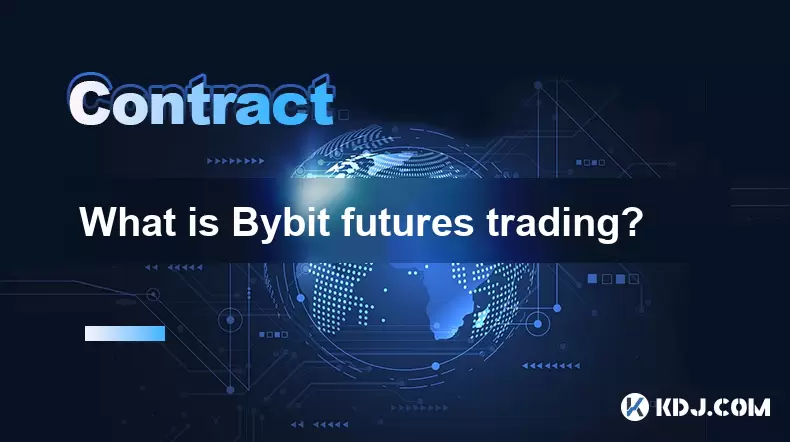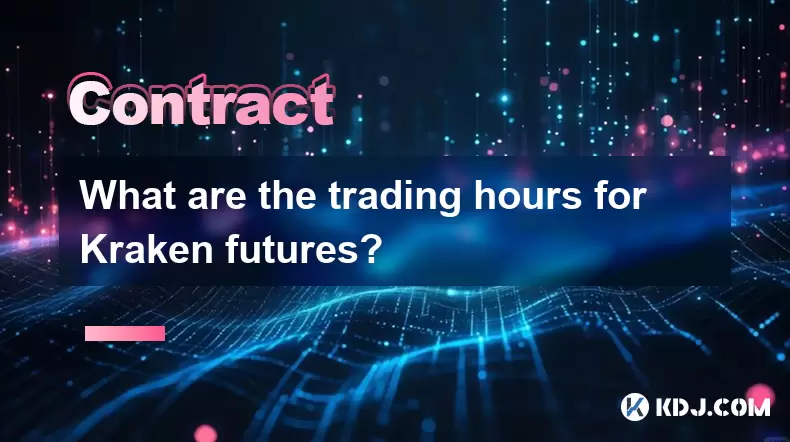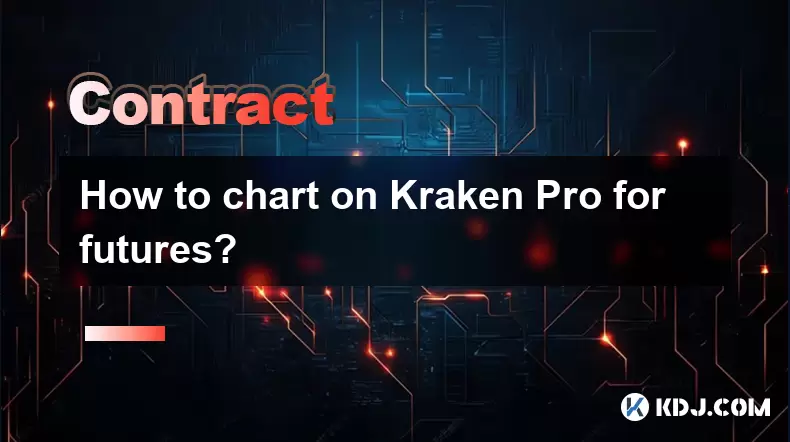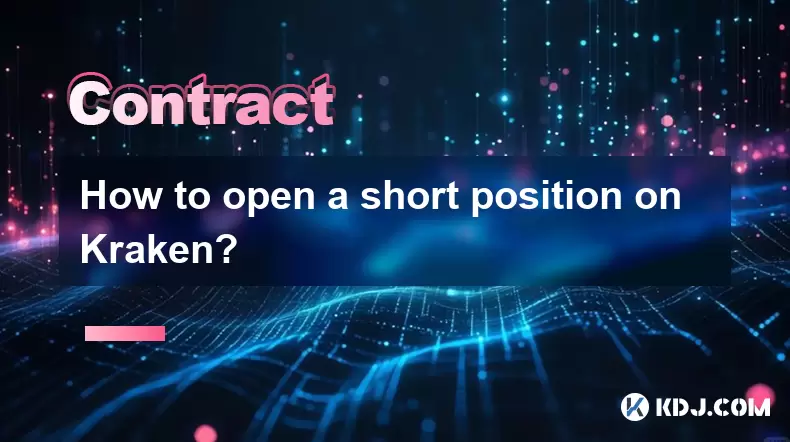-
 Bitcoin
Bitcoin $117400
-0.46% -
 Ethereum
Ethereum $3768
0.60% -
 XRP
XRP $3.551
2.09% -
 Tether USDt
Tether USDt $1.000
0.00% -
 Solana
Solana $203.2
11.30% -
 BNB
BNB $770.9
1.92% -
 USDC
USDC $0.9999
0.01% -
 Dogecoin
Dogecoin $0.2709
-0.02% -
 Cardano
Cardano $0.9024
4.49% -
 TRON
TRON $0.3139
0.60% -
 Hyperliquid
Hyperliquid $45.60
-1.41% -
 Stellar
Stellar $0.4730
-1.34% -
 Sui
Sui $4.025
2.15% -
 Chainlink
Chainlink $19.79
2.19% -
 Hedera
Hedera $0.2724
-2.39% -
 Avalanche
Avalanche $25.93
3.05% -
 Bitcoin Cash
Bitcoin Cash $524.0
-1.83% -
 Shiba Inu
Shiba Inu $0.00001558
0.50% -
 Litecoin
Litecoin $116.7
-0.30% -
 UNUS SED LEO
UNUS SED LEO $8.996
0.00% -
 Toncoin
Toncoin $3.334
1.83% -
 Polkadot
Polkadot $4.506
0.34% -
 Uniswap
Uniswap $10.99
4.83% -
 Ethena USDe
Ethena USDe $1.001
0.03% -
 Pepe
Pepe $0.00001461
3.17% -
 Monero
Monero $320.3
-1.01% -
 Bitget Token
Bitget Token $4.935
0.36% -
 Dai
Dai $0.9998
0.00% -
 Aave
Aave $322.4
-1.25% -
 Bittensor
Bittensor $455.6
9.33%
What is Bybit futures trading?
Bybit futures let traders speculate on crypto prices with leverage, offering both USDT and inverse perpetual contracts—ideal for profiting in rising or falling markets.
Jul 22, 2025 at 04:14 pm

Understanding Bybit Futures Trading
Bybit futures trading refers to the process of buying and selling futures contracts on the Bybit exchange, a platform primarily focused on cryptocurrency derivatives. These contracts allow traders to speculate on the future price of assets like Bitcoin (BTC), Ethereum (ETH), and other altcoins without owning the underlying asset. The key appeal lies in the ability to profit from both rising and falling markets. Traders can go long (buy) if they expect prices to rise or short (sell) if they anticipate a decline. This flexibility makes Bybit futures attractive for both day traders and swing traders.
Types of Futures Contracts on Bybit
Bybit offers two main types of futures contracts:
- Inverse Perpetual Contracts: Settled in the base cryptocurrency (e.g., BTCUSD settled in BTC). Profits and losses are calculated in the same coin as the contract.
- USDT Perpetual Contracts: Settled in USDT (Tether), making them more intuitive for traders who prefer stablecoin-denominated gains and losses.
Both types are perpetual, meaning they have no expiration date—unlike traditional futures. This allows traders to hold positions indefinitely as long as they meet margin requirements. The funding rate, which is exchanged between long and short positions every 8 hours, ensures the contract price stays close to the spot market price.
How to Start Futures Trading on Bybit
To begin trading futures on Bybit, follow these steps: - Create an account at [bybit.com](https://www.bybit.com) and complete identity verification (KYC) if needed for higher limits.
- Deposit funds into your futures wallet—either in BTC, ETH, or USDT depending on the contract type.
- Navigate to the Futures tab and select either Inverse or USDT Perpetual.
- Choose a trading pair (e.g., BTC/USD) and set your order type: limit, market, or conditional.
- Set leverage using the slider—options range from 1x to 100x depending on the contract and risk tolerance.
- Place your order by clicking Buy or Sell, and monitor your position in the active orders section.
Each step must be executed carefully. For example, if you choose 100x leverage, a 1% adverse price move could result in liquidation. Always use stop-loss orders to manage risk.
Key Features of Bybit Futures
Bybit provides several tools that enhance the trading experience: - Risk Limit System: Higher leverage comes with higher risk limits, which affect liquidation prices. Adjusting this manually helps control exposure.
- Take Profit & Stop Loss: These can be set when opening a position or added later via the position panel.
- Partial Close: Traders can close part of a position to lock in profits while keeping the rest open.
- TradingView Integration: Allows advanced charting and technical analysis directly on the Bybit interface.
- Copy Trading: New traders can mirror experienced ones in real time—a useful feature for learning strategies.
These tools are accessible under the Order and Position tabs once a trade is live. Misconfiguring risk settings can lead to unexpected losses, so always double-check before confirming.
Understanding Leverage and Liquidation
Leverage amplifies both gains and losses. If you open a 10x long position on BTC/USDT with $100, you’re effectively controlling $1,000 worth of BTC. A 5% price increase gives you a 50% return on your margin. However, a 5% drop wipes out your entire margin unless you have additional funds.Liquidation occurs when your margin falls below the maintenance threshold. Bybit shows a liquidation price for each position. To avoid it:
- Monitor your margin ratio—the lower it is, the closer you are to liquidation.
- Add more margin manually via the Add/Reduce Margin button.
- Avoid maxing out leverage unless you have a precise entry and exit plan.
Using Isolated Margin Mode (recommended for beginners) caps your risk to the allocated margin. Cross Margin uses your entire wallet balance, increasing risk.
Common Mistakes to Avoid
New traders often make avoidable errors: - Overleveraging: Using 50x or 100x without understanding the implications.
- Ignoring Funding Rates: Holding positions long-term without checking if you’re paying or receiving funding.
- No Risk Management: Failing to set stop-loss or take-profit leads to emotional trading.
- Misreading Liquidation Price: Assuming the liquidation price is static—it changes with market volatility and your risk limit.
Always test strategies in Bybit’s Demo Trading mode first. It simulates real market conditions using virtual funds, allowing you to practice without financial risk.
Frequently Asked Questions
What is the difference between isolated and cross margin on Bybit?
Isolated margin restricts risk to the amount allocated to a specific position. Cross margin uses your entire wallet balance as collateral, which can prevent premature liquidation but exposes more capital to loss.Can I trade Bybit futures without KYC?
Yes, Bybit allows futures trading without completing KYC, but your deposit and withdrawal limits will be lower. Completing KYC unlocks higher limits and access to more features.How often is the funding rate paid on Bybit?
Funding occurs every 8 hours at 00:00 UTC, 08:00 UTC, and 16:00 UTC. If the rate is positive, longs pay shorts. If negative, shorts pay longs. You only pay or receive if you hold a position at the exact funding time.Does Bybit support stop-loss orders for futures?
Yes, Bybit supports both stop-market and stop-limit orders for futures. These can be set when opening a position or added later via the position panel. Always verify the trigger price and order type to ensure proper execution.
Disclaimer:info@kdj.com
The information provided is not trading advice. kdj.com does not assume any responsibility for any investments made based on the information provided in this article. Cryptocurrencies are highly volatile and it is highly recommended that you invest with caution after thorough research!
If you believe that the content used on this website infringes your copyright, please contact us immediately (info@kdj.com) and we will delete it promptly.
- XRP, Bitcoin, Ripplecoin: Navigating the Crypto Landscape in 2025
- 2025-07-22 20:30:13
- Cardano Ecosystem Watch: Can PayFi Token Remittix Trigger an ADA Overtake?
- 2025-07-22 20:50:13
- JasmyCoin Price Forecast: Chart Analysis Points to Potential Surge
- 2025-07-22 20:55:13
- Trump, Bitcoin, and Altcoins: A New York Minute on Crypto's Political Play
- 2025-07-22 21:00:13
- Shiba Inu, XRP, and Little Pepe: Navigating the Meme Coin Mania in NYC
- 2025-07-22 21:30:13
- Bitcoin's Role in IntelBroker's Takedown: A New Era of Crypto Crime Enforcement
- 2025-07-22 21:10:15
Related knowledge

KuCoin Futures restricted countries
Jul 22,2025 at 09:00pm
Understanding KuCoin Futures and Geographic RestrictionsKuCoin Futures is a popular platform for trading perpetual and delivery futures contracts on c...

How to set a stop loss on KuCoin Futures?
Jul 22,2025 at 08:01pm
Understanding Stop Loss in KuCoin FuturesA stop loss is a risk management tool that automatically closes a position when the market moves against you ...

What are the trading hours for Kraken futures?
Jul 22,2025 at 08:49pm
Understanding Kraken Futures Trading HoursKraken Futures, a product of the well-established cryptocurrency exchange Kraken, offers users the ability t...

How to chart on Kraken Pro for futures?
Jul 22,2025 at 07:42pm
Understanding Kraken Pro Futures InterfaceBefore diving into charting, it’s essential to recognize how Kraken Pro structures its futures trading envir...

Is Kraken futures safe?
Jul 22,2025 at 08:07pm
Understanding Kraken Futures and Its Regulatory FrameworkKraken Futures, operated by the well-known cryptocurrency exchange Kraken, is a platform desi...

How to open a short position on Kraken?
Jul 22,2025 at 05:00pm
Understanding Short Positions in CryptocurrencyA short position allows traders to profit from a decline in the price of an asset. On Kraken, this is p...

KuCoin Futures restricted countries
Jul 22,2025 at 09:00pm
Understanding KuCoin Futures and Geographic RestrictionsKuCoin Futures is a popular platform for trading perpetual and delivery futures contracts on c...

How to set a stop loss on KuCoin Futures?
Jul 22,2025 at 08:01pm
Understanding Stop Loss in KuCoin FuturesA stop loss is a risk management tool that automatically closes a position when the market moves against you ...

What are the trading hours for Kraken futures?
Jul 22,2025 at 08:49pm
Understanding Kraken Futures Trading HoursKraken Futures, a product of the well-established cryptocurrency exchange Kraken, offers users the ability t...

How to chart on Kraken Pro for futures?
Jul 22,2025 at 07:42pm
Understanding Kraken Pro Futures InterfaceBefore diving into charting, it’s essential to recognize how Kraken Pro structures its futures trading envir...

Is Kraken futures safe?
Jul 22,2025 at 08:07pm
Understanding Kraken Futures and Its Regulatory FrameworkKraken Futures, operated by the well-known cryptocurrency exchange Kraken, is a platform desi...

How to open a short position on Kraken?
Jul 22,2025 at 05:00pm
Understanding Short Positions in CryptocurrencyA short position allows traders to profit from a decline in the price of an asset. On Kraken, this is p...
See all articles

























































































